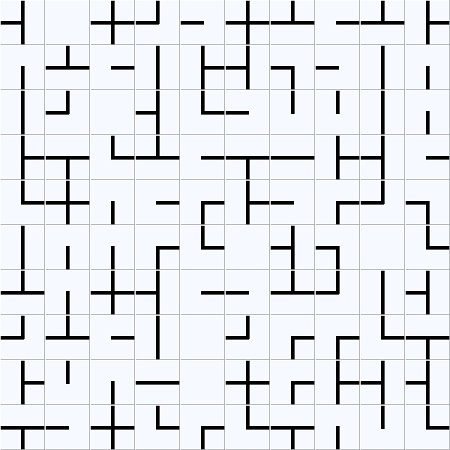One of the odd things about a blog is its asymmetry. Of course readers can comment, but the general tone is one of presentation and response: I make something and show it to you, and all you can do is play with it and then maybe say what you think of it.
So today I thought it would be interesting to try something more actively participatory. The image below leads to an applet that lets you rearrange a pattern of tiles. The kicker is that any change you make will persist: The next person who comes to that page will see the changes that you’ve already made to the pattern.
This certainly isn’t the most interesting example of participatory design, but I thought it best to start off with something simple, to test the waters. As usual, you launch the applet by clicking on the image below:


